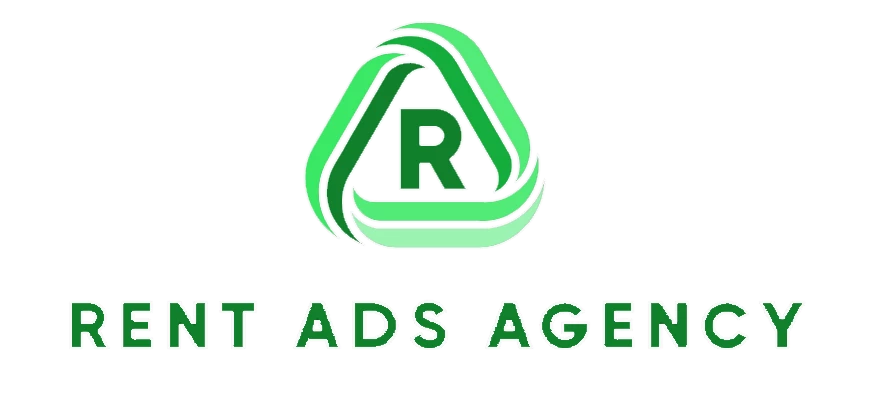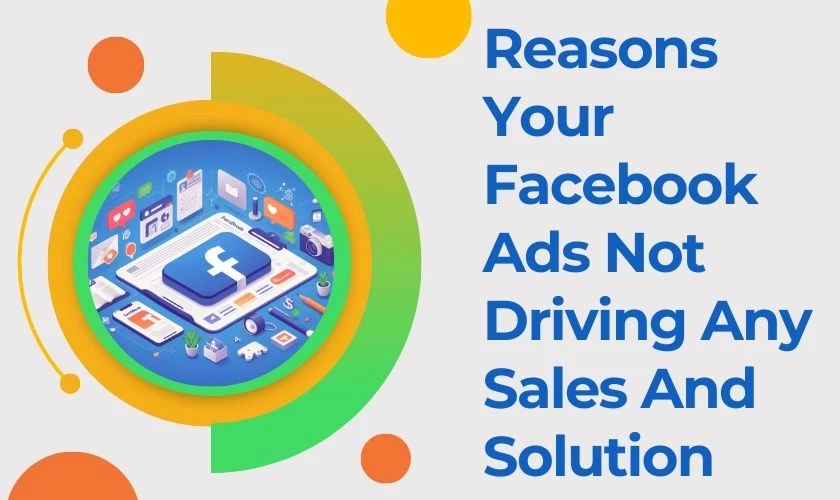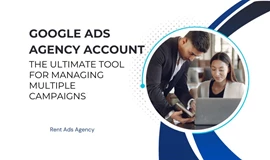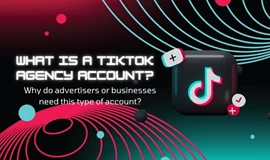You put time and money into creating Facebook ads to promote your product or service. You launch the meticulously crafted campaigns, gaze longingly at the screen in anticipation, ready for those sales to start flooding in. But then...nothing. Your Facebook ads spend ticks higher while your bank account remains unchanged. What gives?
If you've ever stared perplexed at your Business Manager analytics and asked, "Why aren't my Facebook ads driving any sales?", you're not alone. Many businesses struggle to connect their advertising efforts on the platform to actual revenue. But with over one billion daily active Facebook users, the potential is certainly there.
In this post, we'll explore the top 10+ reasons why your Facebook ads may not be delivering the sales figures you hoped for. From targeting the wrong audience to issues with your site's checkout process and more, we'll break down the likely suspects behind your campaign's failure to launch. We'll also provide actionable tips to get your FB ads working for you and actually contributing to your bottom line.
Ready to diagnose your Facebook ad troubles? Let's figure out why they're not driving any sales and what tweaks you can make to turn things around.
Reasons Your Facebook Ads Not Driving Any Sales Overview
| Reason | Summary |
| 1. Targeting the Wrong People | Casting too narrow of an audience net based on assumptions rather than actual response data |
| 2. Unoptimized Landing Pages | Sending traffic to a confusing or poorly designed landing page that deters conversions |
| 3. Pixel Installation Issues | Not having the Facebook pixel properly implemented to track conversions from ads |
| 4. Unclear Ad Copy | Using overly complex jargon or forgetting to highlight benefits and value proposition |
| 5. Campaign Objective Misalignment | Choosing an objective like awareness when your true goal is sales |
| 6. Restrictive Budgets | Not allocating enough daily/lifetime budget to allow for sufficient impressions |
| 7. Impatience | Not running campaigns long enough to leverage Facebook's optimization algorithms |
| 8. Awareness Over Direct Response | Focusing too much on top-funnel metrics rather than targeted conversion actions |
| 9. Insufficient Audience Data | Failing to leverage data to precisely define and target your audience segments |
| 10. Lack of Campaign Segmentation | Using a one-size-fits-all approach rather than tailored messaging per audience |
You're Targeting the Wrong People
Casting too narrow of a net with your target audience is one of the main reasons your Facebook ads aren't driving sales. You think you have a solid grasp on who your ideal customers are, but your vision may be short-sighted. Just because someone fits the demographic profile doesn't mean they'll convert.
When first launching Facebook ad campaigns, go broad. Run an awareness campaign optimized for the lowest cost-per-click available to gather engagement data on who's clicking and converting. Use this to inform future audience targeting efforts.
You can also upload valuable first-party data like customer emails and recent purchases to build custom audiences. Additionally, collect information from sources like search ads, surveys, website analytics, and even Census data. Pixels allow you to create audiences based on site behavior too.
The key is casting a wide net first, then narrowing in on the most qualified prospects based on actual response data - not just assumptions. Take the time to understand what resonates best with those converting to dial in your targeting over time. Test creative audiences too, like people who enjoy relevant entertainment but don't directly connect with your offering.

Your Landing Page Isn't Optimized
Driving traffic to a poorly optimized landing page is one of the quickest ways to torpedo your Facebook ads' conversion potential. You could be showing your ads to the perfect audience, but if the landing experience falters, your Facebook ad headline and campaigns still fail.
When you see lots of clicks but zero conversions, it typically points to issues after the ad click rather than problems with the ads themselves. Put yourself in your target customer's shoes and analyze where the experience goes off the rails.
Start by ensuring consistency between your ad messaging and landing page content. Do you maintain the same offer and value proposition? Also evaluate page speed, mobile friendliness and overall ease of use. Can visitors quickly find and complete your desired conversion action?
Lead gen campaigns have the form built into the ad, but you still need to minimize fields and friction. For sending traffic to your site, highlight the conversion process in clear language, make it fast and simple. If technical issues or confusing UX cause high bounce rates, all that perfectly targeted traffic gets wasted. Resolve landing experience issues to unlock your campaigns' revenue potential.
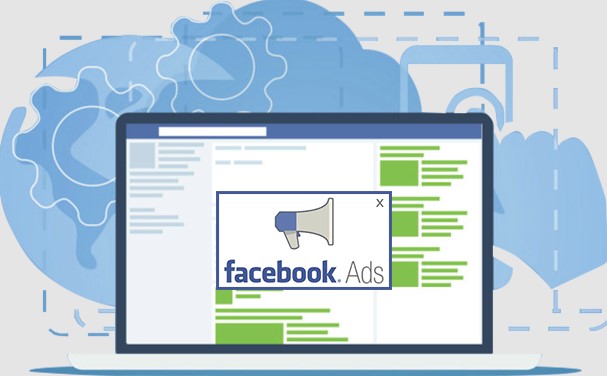
Your Meta Pixel Isn't Properly Installed
The Meta pixel (formerly Facebook pixel) is the behind-the-scenes connection between your Facebook ads and your website and sales data. It's what allows your campaigns to actually track conversions. If your pixel isn't set up correctly, your Facebook ads will be flying blind.
When you see clicks happening but conversions not being recorded, improperly installed pixels or tracking are often the reason. To diagnose, head to the Events Manager in Business Manager. Here you can view all conversion "events" you have enabled to see if the proper ones are being tracked.
If not, you'll need to troubleshoot your pixel installation and make sure the right event code is on every page of your site that you want to monitor. Without cross-checking Facebook ad clicks to goal completions, you can't properly optimize towards real ROI or even tell if your campaigns are working. Fixing pixel issues is crucial for understanding true conversion performance.
Your Ad Copy Lacks Clarity
When Facebook users don't understand what your ad is offering or how it benefits them, they have no reason to click or convert. Unclear ad copy is a major yet often overlooked culprit behind poor campaign performance.
Signs your Facebook ad copy needs work include too much technical jargon, a focus on product features rather than real-life benefits, and the lack of a strong call-to-action. Grammar and spelling errors also erode trust.
To optimize your ad copy, get to know your target audience inside and out. Tailor your messaging specifically to their needs and interests. Highlight how your offering improves their lives and solves their problems. Use vivid language, impactful visuals and a clear CTA to capture attention and drive the desired action.
The key is crafting copy that clearly communicates why your product or service is uniquely valuable to that specific user. If the ad copy misses the mark on relevance or clarity, users will simply tune it out and engage with a competitor. Refine your language, focus on resonating benefits and drive home real-world value to boost conversions.
Your Campaign Objective and Goals Don't Align
One of the most common yet overlooked reasons Facebook ads fail to drive sales is a disconnect between the chosen campaign objective and your actual desired outcome.
For example, optimizing for "brand awareness" or "traffic" when your true goal is sales. Or even selecting "conversions" but tracking newsletter signups rather than purchases. This causes poor optimization - you get clicks or impressions but not sales.
The root issues is that the audiences and metrics Facebook optimizes for differ based on each objective. So if you tell Facebook you want awareness or leads, that's what you'll get - even if you hoped for revenue.
The fix is simple but crucial - your campaign objective and optimization event must match your sales goals. Choose "conversions" and specifically track "purchases" or "add to carts". Support this with refined buyer-focused targeting and a sales-ready landing page.
Getting the objective-goal alignment right sets your campaigns up for success. Anything else causes a disconnect behind the scenes leading to wasted ad spend. Tell Facebook exactly what success means to properly optimize.
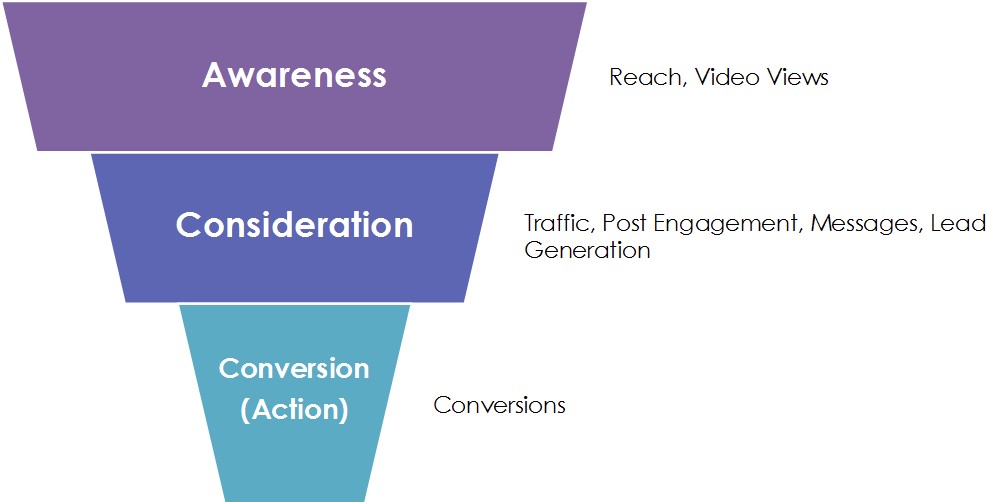
Your Budget is Too Restrictive
It's the age-old marketing adage - you have to spend money to make money. This applies heavily to Facebook advertising too. Overly tight budgets and spending limits can severely restrict your campaigns' potential.
Low daily budgets often get consumed early, limiting daily impressions. Meanwhile, strict lifetime budgets cause campaigns to pause before you're able to maximize performance. Essentially, limited funding means limited opportunities for your ads to be seen and generate conversions. If CPC is $2 but you only have a $10 daily budget, Facebook only has a few chances to drive a click and conversion.
Signs of overly restrictive Facebook ad budgets include:
- High cost per click relative to daily/lifetime budgets
- Low overall campaign reach and impression volume
- Minimal or no budget left for testing and optimization
Carefully analyze your account data and benchmarks to determine if your capped spending is constraining performance. If so, explore expanding budgets or reallocating funds from lower performing areas.
While huge marketing budgets aren't always feasible, some financial flexibility and room for testing is key. Work to set realistic targets and optimize efficiency within budget constraints. Just don't let restrictive funding alone doom your campaigns from the start.
You're Not Giving Ads Enough Time...But There May Be Other Issues
It's true that Facebook's algorithm takes time to optimize new campaigns. Performance typically fluctuates during the initial "learning period" before stabilizing. However, while patience is key, lack of time is rarely the only factor behind poor ad performance.
If you've run ads for a couple weeks without sales,incomplete targeting, weak creative, or issues with your landing page are likely also in play. Consider aspects like audience relevance, messaging clarity, visual appeal, page experience and more.
Monitor metrics like impressions, clicks and conversions closely for patterns. If engagement is low from the start, something beyond time is likely limiting performance. Tweak targeting and creative based on data, not just hunches.
You can't just "set and forget" Facebook ads. Proper ongoing optimization and testing is crucial for success. If two weeks pass without improvement, technical issues or foundational campaign elements need addressed - not just more time given.
Patience has its place, but can't be your only strategy. Leverage data, testing and troubleshooting to diagnose underperformance root causes. Rule out other major issues first before assuming time alone will provide a quick fix. Optimize proactively, don't just hope extended runtimes bring conversions.
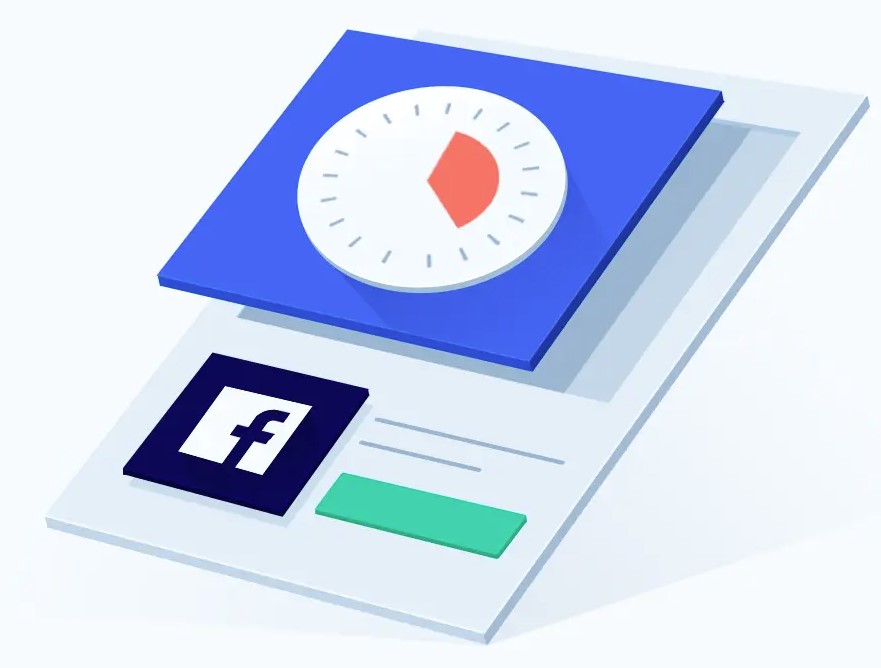
Awareness Over Direct Response
If your Facebook ads are building interest but not driving immediate sales, you may be focused too much on broad awareness when you really need targeted direct response.
For example, an ad campaign to generally bring new eyes to your ecommerce site could attract glancing engagement. But if you’re not strategically reaching those likely to purchase after viewing or retargeting those who’ve already visited, the impressions won’t convert.
Take a closer look at your campaign objective and audience targeting settings. Are you casting too wide a net hoping to vaguely inform the masses? With a conversion goal, leverage Facebook’s robust targeting options. Zero in on geography, demographics, interests and behaviors correlating to your existing customers.
Narrow your focus to those demonstrating buying signals - page engagers, catalog requesters, similar retailers’ patrons. And make sure to track site traffic as a conversion if purchases happen later.
Essentially, shape both your strategy and targets to drive those down the funnel, not just attract a sea of random eyes. Prioritize quality awareness among promising prospects already headed your way.
You Don’t Have Enough Audience Data
Without sufficient data on your target customer, your Facebook ads essentially shoot in the dark, hoping to somehow hit the mark. But with over a billion active users, random chance is unlikely to drive conversions.
Start by casting a wide net with broad targeting settings to gather initial performance data. See who actually engages with your ads and content. Use this information to build more defined audience segments.
Leverage Facebook’s detailed targeting options, including demographics, behaviors, interests and more. Create lookalike audiences from your existing customer profiles. Analyze on-site analytics for visitor characteristics.
Essentially, let real data drive your audience focus, not guesses and assumptions. Poorly targeted ads may get some irrelevant eyeballs, but they won’t convert window shoppers into paying customers.
It takes work upfront, but quality data pays dividends through relevant audiences and truly tailored ads. Specific targeting then allows personalized messaging and creative catered directly to individuals inclined to buy.
Ongoing testing and optimization can help refine your data-driven approach further. But no amount of experimentation will convert an inherently disinterested audience. Base your targeting on who customers show you they are first.
The key is gathering enough actionable information to narrow your focus down to those demonstrating buying signals. Then you can craft ads to effectively speak to their specific needs and interests.
You Aren’t Segmenting Ad Campaigns
Broadcasting one generic ad to the masses may seem like an efficient approach, but it likely won’t resonate well with any specific subgroup. Attempting to please everyone often connects with no one.
Instead, leverage Facebook’s audience segmentation tools to divide and target different ad sets by product interest, demographics, purchase intent and more. This allows you to tailor messaging to align with what matters most to each group.
For example, run separate campaigns for power users versus casual retail buyers. Highlight advanced functionality and prestige for the former, simplicity and price for the latter. Let the ad visuals, copy tones and featured specs speak directly to inherent user priorities.
Refine and expand your segments over time based on performance data. Budget allocation can shift to those yielding the highest conversion value too. Optimize reach, spend and creative for granular subgroups vs wasting broad efforts on the disinterested masses.
Essentially, resist the temptation to carpet bomb the platform with a single “one size fits all” campaign. Take time to analyze, isolate key segments, customize your approach accordingly. Shape every campaign element to tightly resonate with its intended target market. This focused alignment drives ad relevancy and conversion rates upward over generic ads ignored by most who view them.
In closing, When your Facebook ads aren't driving sales, don't panic. Methodically analyze your campaigns against these 10+ reasons, from misaligned objectives to restrictive budgets. Isolate weaknesses then test and optimize elements like targeting, creatives and landing pages. Stay persistent - with informed troubleshooting, you can turn around ads to effectively generate sales. If you want help optimizing your Facebook ads, consider services to rent facebook agency ad account at Rent Ads Agency that provide ongoing management, testing, and performance analysis.

Mohamed Fouad is a full-stack web developer and an entrepreneur who's really into advertising. He is the CEO of Rent Ads Agency, a company that helps businesses reach more customers through advertising. He graduated from Stanford University in 2018 and has over 4 years of experience in the tech industry.
